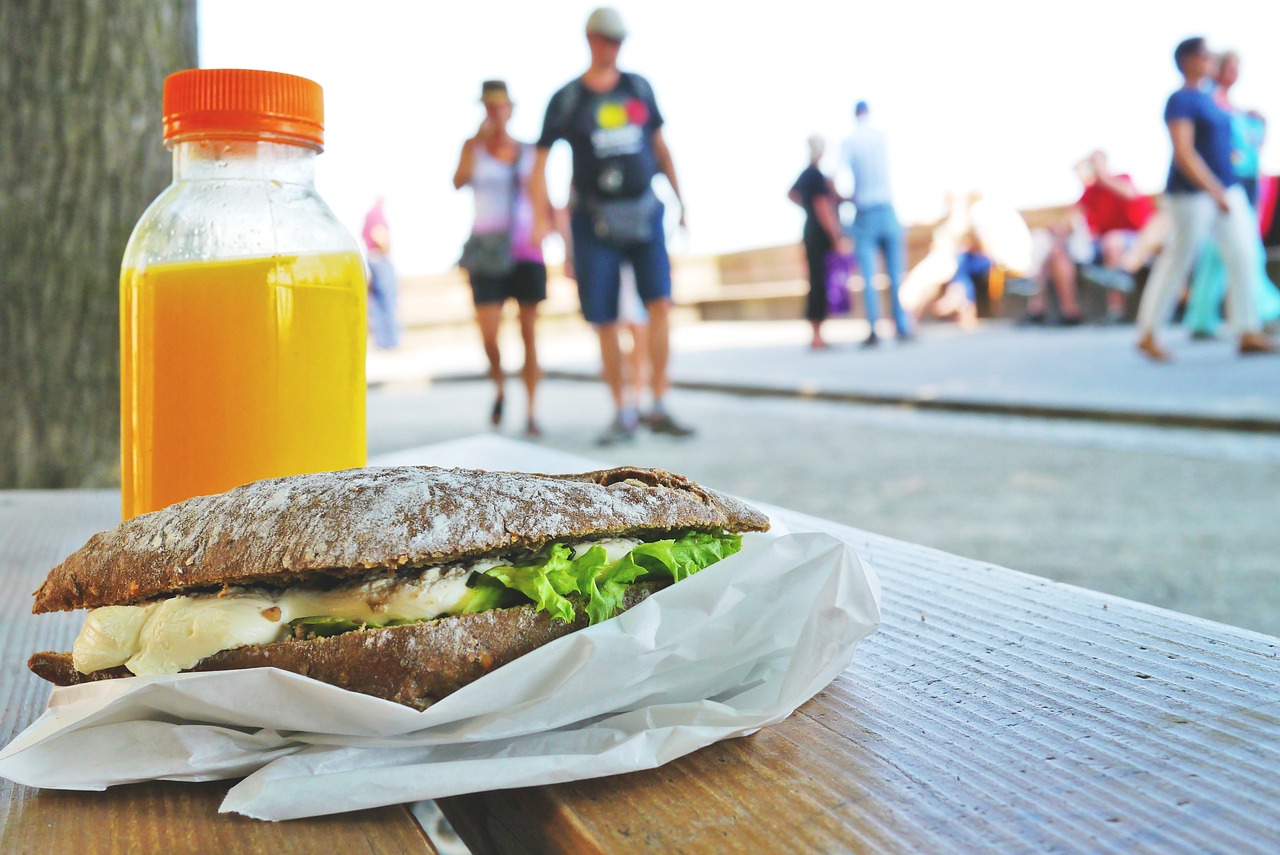Food Photography Tips for Bloggers
When it comes to capturing stunning photographs, lighting plays a crucial role in setting the mood and highlighting the subject. Natural light is often preferred for its soft and flattering effect on images. The golden hour, which occurs during sunrise and sunset, provides a warm and gentle light that enhances the overall quality of photographs.
Artificial lighting, such as studio lights or flash units, can also be used to manipulate and control the lighting conditions. With the ability to adjust the intensity and direction of the light, photographers can create dramatic effects and add depth to their compositions. Experimenting with different lighting sources and angles can help photographers achieve the desired look and feel for their images.
Background
When considering the background of a photograph, it is essential to pay close attention to the elements that will be showcased behind the main subject. The background should complement the subject rather than detract from it. One way to achieve this is by selecting a background that is simple and unobtrusive, keeping the focus on the main subject of the image.
Another important aspect to consider is the overall color palette of the background. Harmonizing the colors in the background with those of the subject can help create a visually appealing and cohesive composition. Additionally, paying attention to the texture and patterns in the background can add depth and interest to the photograph, enhancing the overall impact of the image.
• When considering the background of a photograph, it is essential to pay close attention to the elements that will be showcased behind the main subject.
• The background should complement the subject rather than detract from it.
• Selecting a background that is simple and unobtrusive can keep the focus on the main subject of the image.
• Harmonizing colors in the background with those of the subject can help create a visually appealing and cohesive composition.
• Paying attention to texture and patterns in the background can add depth and interest to the photograph, enhancing its overall impact.
Composition
A well-thought-out composition is essential for creating a visually appealing and engaging photograph. When composing an image, it is important to consider the rule of thirds, where the frame is divided into nine equal sections with two horizontal and two vertical lines intersecting. Placing the main subject at the intersections or along the lines can create a more balanced and visually appealing composition.
Another key aspect of composition is the use of leading lines. Leading lines are elements within a photograph that lead the viewer’s eyes towards the main subject or point of interest. By incorporating leading lines into your composition, you can guide the viewer’s gaze and create a sense of depth and dimension in your photographs.
Why is lighting important in composition?
Lighting plays a crucial role in setting the mood and highlighting the subject in a composition. It can create depth, shadows, and textures that enhance the overall impact of the image.
How does the background affect composition?
The background can either complement or distract from the subject in a composition. A cluttered or busy background can take away from the main focus, while a simple or blurred background can help the subject stand out.
What does composition refer to in photography?
Composition in photography refers to the arrangement of elements within the frame. It involves factors like framing, perspective, symmetry, balance, and leading lines to create visually appealing images.





